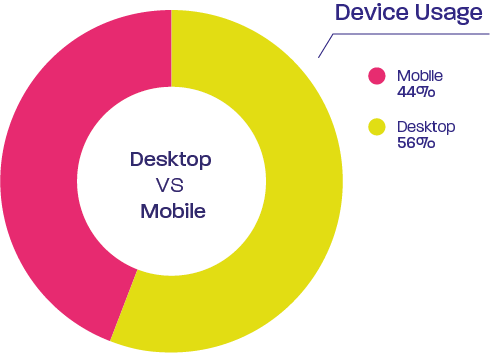Customs clearance guidelines
Customs de minimis: $1000 AUD. Parcels exceeding a value of $1000 AUD will require a formal entry.
When formal entry is required, we must provide them with the following:
- Commercial invoice
- EMPP (Evidence Money Price Paid) This can be in the form of a debit/credit card statement as evidence of price paid.
- Customer email address. Customs will contact the consignee before clearing and forwarding on for final mile delivery.
Any duty applicable will be payable by the consignee if sent in a DDU environment.
Formal clearance costs will be the responsibility of the shipper: These will be passed back to the client.
Important that good full descriptions and HS Codes are provided for customs clearance.
Notes
Parcels held of which charges are refused by the retailer can be destroyed. If requested, a description fee is applicable.
The time parcels will be held is 30 calendar days. If the requested information is not provided by this time, Australian Customs can automatically destroy the parcel and a destruction fee is applicable which will be passed back to the retailer.
Data Importance for customs clearance
In the event that poor/vague descriptions or incomplete data is sent, the items run the risk of being held by Australian Customs for inspection.
In this event, a copy of the Commercial invoice will be required with full product details. This will then be sent to customs, if approved the parcel will be cleared and forwarded for final mile delivery with no additional costs.
It is important that good full descriptions and HS Codes are provided for customs clearance. For more information on the DAFF rules & regulations, please speak to your account manager.







